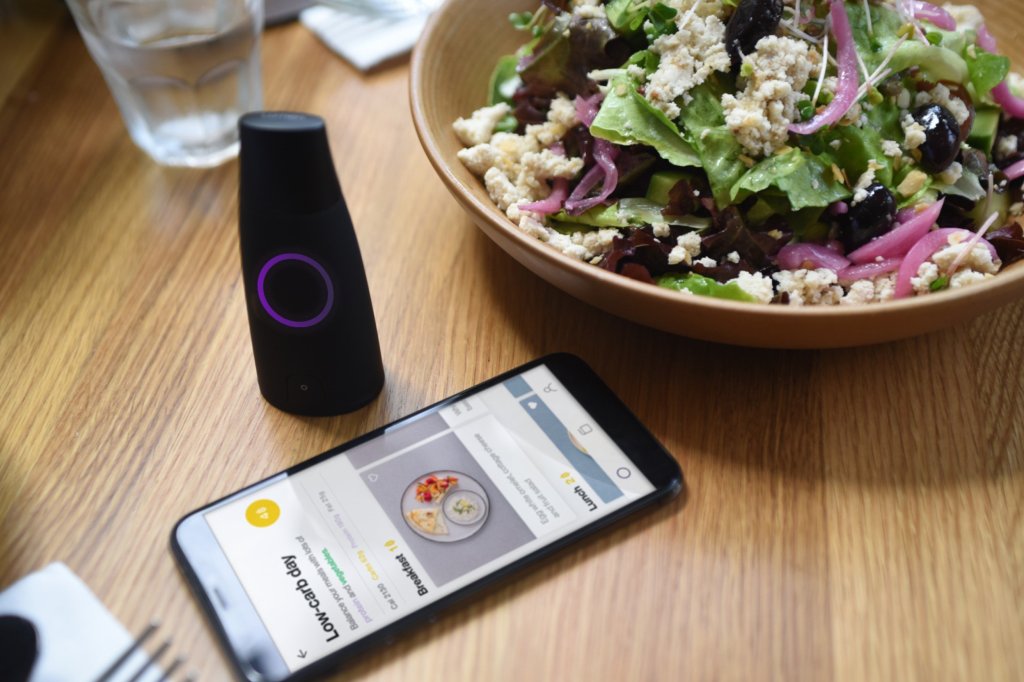Do you feel like you need to break up with your favourite carbs? Perhaps your relationship has changed and they don’t treat you as well as they once did? As we reach our 40s and beyond, our bodies often undergo various changes, including metabolism. Even if you used to be able to eat all the pizza, rice bowls, bread, pasta and drink wine like nobody’s business, you might find that you can’t at the same level today. Eating this way feels like it goes straight to your mid-section, you might find you are more bloated, gassy, can’t lose weight no matter how hard you exercise, and simply want to head to bed after eating carbs. Can you relate?

If you feel any of these symptoms, it doesn’t mean your relationship with carbs is over. Mastering metabolism by becoming metabolically flexible is how we are going to be able to enjoy carbs like we did in our 20’s. Well, maybe not to that extent, but once you train your body to shift between burning different fuel sources, eating carbs becomes easier.
Whatever you do, don’t cut out carbs
Carbohydrates are necessary in the diet for several reasons. Fruit, vegetables, whole grains, beans and legumes all provide a primary source of energy for the body, particularly for high-intensity activities. Carbs are broken down into glucose, which is used by the body as fuel for various bodily functions. Additionally, carbohydrates play a key role in supporting the central nervous system and brain function. Our brain wants and needs carbs for energy, so don’t cut off this important source.
Certain types of carbohydrates, such as fiber, also aid in digestion, help to maintain a healthy digestive system, microbiome, and detoxification process. It’s important to include the right kind of carbohydrates in the diet. This means limit the starchy carbs and stick to the whole grains, fruits, and vegetables as much as possible. Of course, enjoying the starchy carbs on occasion will feel better once you master metabolic flexibility.
Metabolic flexibility is the body’s capacity to switch between burning carbs and fats for fuel, and it has numerous benefits for overall health and well-being, especially as we age.

One of the primary reasons women over 40 should strive to become metabolically flexible is the impact it can have on managing weight and body composition. As our metabolism slows during hormonal shifts like menopause, it makes it more challenging to maintain a healthy weight. This isn’t to say you should weigh a certain amount, but we want you to feel comfortable and energized. By working on metabolic flexibility, you can improve your body’s ability to utilize carbohydrates for energy, instead of storing any excess carbs as fat, which happens especially if you are sedentary.
With hormones and metabolism giving us a run for our money, you might find your energy levels have been all over the place. Metabolic flexibility can play a crucial role in supporting stable energy levels throughout the day. We all lead busy lives that require sustained energy and focus (hello brain fog!) By optimizing the body’s ability to efficiently burn carbohydrates, we are better equipped to avoid those energy crashes and maintain consistent vitality, which is especially important when juggling work, family, and other responsibilities.
If you want to get nerdy, studies have suggested that maintaining metabolic flexibility may have a positive impact on mitigating the risk of certain metabolic disorders such as type 2 diabetes and cardiovascular disease, which tend to become more prevalent with age and from years of eating high carb diets. By improving the body’s capacity to utilize carbohydrates effectively, us ladies over 40 can potentially support our long-term health and reduce the risk of chronic conditions associated with metabolic dysfunction. It’s never too early to start!
How can you tell if your metabolism is flexible?
There are a few ways you can assess your metabolic flexibility.
- Pay attention to your energy levels and hunger cues throughout the day. If you can fast for several hours without feeling hungry or experiencing energy crashes, you may have good metabolic flexibility and it’s a sign that your meals are balanced.
- Your ability to efficiently recover from exercise and maintain stable blood sugar levels can also be indicators of metabolic flexibility.
- Use metrics. The amount of carbon dioxide that is in your breath can indicate if you are burning fats or carbs for fuel. Once you know, you can organize your meals and exercise based on your goal. For example, if you wake up burning fat, you can include more carbs in your diet. If you wake up burning leftover carbs from last night’s dinner, you will do better on a low carb/high protein diet that day. Don’t worry, the app attached to the device tells you just how much of each macro to eat that day. Exercise, sleep, stress reduction, and water intake also play a role in your metabolism. Our advice is, TEST, DON’T GUESS!. A metabolism tracker gives you the insights to point you in the right direction and really get to know what your metabolism is doing and how you can hack it to make it work for you.
The tracker we use, love, and insist that our clients have in order to get clear on their goals is the Lumen. Because we are such fans, they’ve provided us with a discount code to share with you. Use helloholistic to save 20%.









Leave a comment